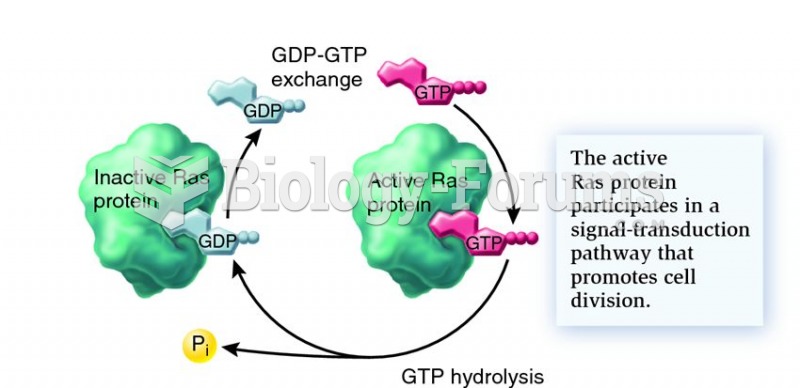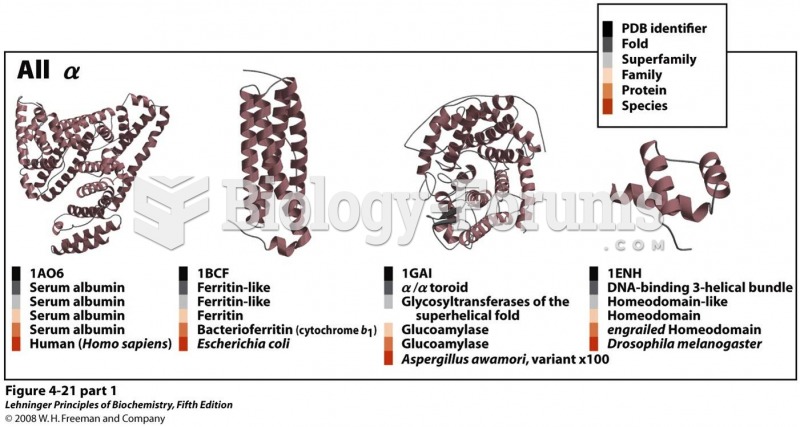Answer to Question 1
1. Total indirect costs = 75,000 + 45,000 + 18,000 + 20,000 + 19,500 + 24,000
= 201,500
Total machine-hours = (400 10) + (200 10) = 6,000
Indirect cost rate per machine-hour = 201,500 6,000
= 33.583 per machine-hour
Simple Costing System Standard Job Special Job
Cost of supplies per job 100.00 125.00
Direct labor cost per job 90.00 100.00
Indirect cost allocated to each job
(10 machine hours 33.583 per machine hour)
335.83 335.83
Total costs 525.83 560.83
2. Activity-based costing system
Quantity of Cost Driver Consumed during 2014
(see column (1))
Activity Cost Driver Standard Job Special
Job Total Cost of Activity
(given) Allocation
Rate
(1) (2) (3) (4) (5) (6) = (5) ((3) + (4)), or given
Machine operations
(400 jobs 10 mach. hrs. per job; 200 jobs 10 mach. hrs. per job) machine hours 4,000 2,000 75,000 12.50 per machine hour
Setups (4 400; 7 200)
setup hours 1,600 1,400 45,000 15.00 per setup hour
Purchase orders (given) no. of purchase orders 400 500 18,000 20.00 per purchase order
Design 20,000
Marketing Percentage of revenue 19,500 0.05 per dollar of sales
Administration
(90 400; 100 200)
dir. labor costs 36,000 20,000 24,000 0.42857 per dollar of direct manuf. labor cost
Total Costs
Standard Job Special Job
Cost of supplies (100 400; 125 200)
40,000 25,000
Direct labor costs (90 400; 100 200)
36,000 20,000
Indirect costs allocated:
Machine operations (12.50 per mach. hr. 4,000; 2,000)
50,000 25,000
Setups (15 per setup hr. 1,600; 1,400)
24,000 21,000
Purchase orders (20 per order 400; 500)
8,000 10,000
Design 4,000 16,000
Marketing (0.05 600 400; 0.05 750 200)
12,000 7,500
Administration (0.42857 36,000; 20,000)
15,429 8,571
Total costs 189,429 133,071
Cost of each job (189,429 400; 133,071 200)
473.57 665.36
3.
Cost per job Standard Job Special Job
Simple Costing System 525.83 560.83
Activity-based Costing System 473.57 665.36
Difference (Simple ABC) 52.26 (104.53)
Relative to the ABC system, the simple costing system overcosts standard jobs and undercosts special jobs. Both types of jobs need 10 machine hours per job, so in the simple system, they are each allocated 335.83 in indirect costs. But, the ABC study reveals that each standard job consumes less of the indirect resources such as setups, purchase orders, and design costs than a special job, and this is reflected in the lower indirect costs allocated to the standard jobs and higher indirect costs allocated to special jobs in the ABC system.
4. Speediprint can use the information revealed by the ABC system to change its pricing based on the ABC costs. Under the simple system, Speediprint was making a gross margin of 12 on each standard job (600 525.83 600) and 25 on each special job (750 560.83 750). But, the ABC system reveals that it is actually making a gross margin of 21 (600 473.57 600) on each standard job and about 11 (750 665.36 750) on each special job. Depending on the market competitiveness, Speediprint may either want to reprice the different types of jobs, or it may choose to market standard jobs more aggressively than before.
Speediprint can also use the ABC information to improve its own operations. It could examine each of the indirect cost categories and analyze whether it would be possible to deliver the same level of service, but consume fewer indirect resources, or find a way to reduce the per-unit-cost-driver cost of some of those indirect resources.
Answer to Question 2
1. Budgeted standard direct manufacturing labor used = 0.02 per baguette
Budgeted output = 3,200,000 baguettes
Budgeted standard direct manufacturing labor-hours
= 3,200,000 0.02
= 64,000 hours
Budgeted fixed manufacturing overhead costs
= 64,000 4.00 per hour
= 256,000
Actual output = 2,800,000 baguettes
Allocated fixed manufacturing overhead
= 2,800,000 0.02 4
= 224,000
Fixed Manufacturing Overhead Variance Analysis for French Bread Company for 2014
Actual Costs Incurred
(1)
Same Budgeted
Lump Sum
(as in Static Budget)
Regardless of
Output Level
(2) Flexible Budget:
Same Budgeted
Lump Sum
(as in Static Budget)
Regardless of
Output Level
(3)
Allocated:
Budgeted Input Qty.
Allowed for
Actual Output
Budgeted Rate
(4)
272,000
256,000
256,000 (2,800,000 0.02 4)
224,000
2. The fixed manufacturing overhead is underallocated by 48,000.
3. The production-volume variance of 32,000 U captures the difference between the budgeted 3,200,0000 baguettes and the lower actual 2,800,000 baguettes producedthe fixed cost capacity not used. The spending variance of 16,000 U means that the actual aggregate of fixed costs (272,000) exceeds the budget amount (256,000). For example, monthly leasing rates for baguette-making machines may have increased above those in the budget for 2014.







